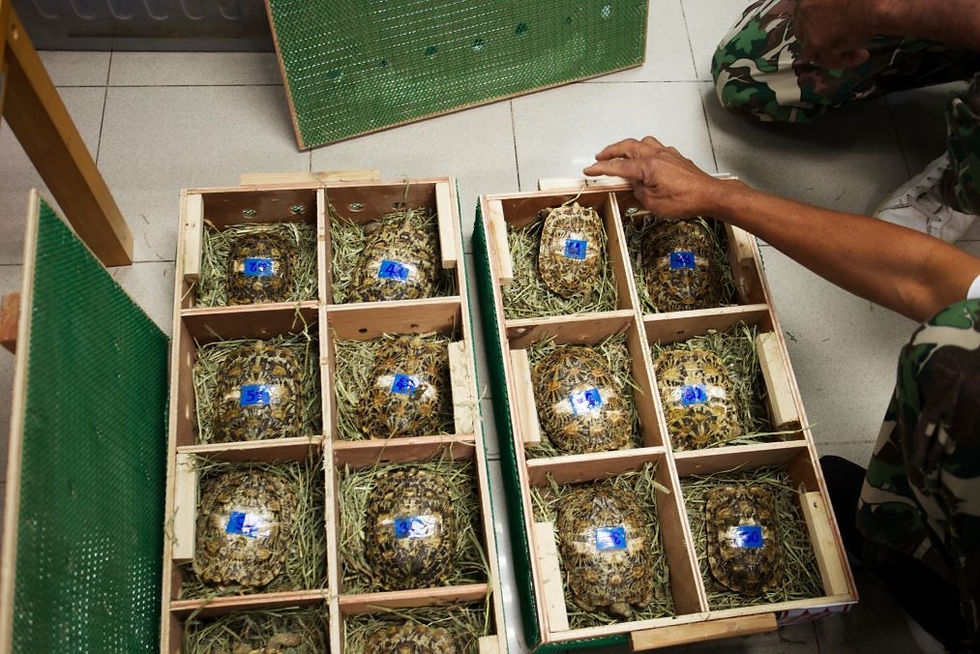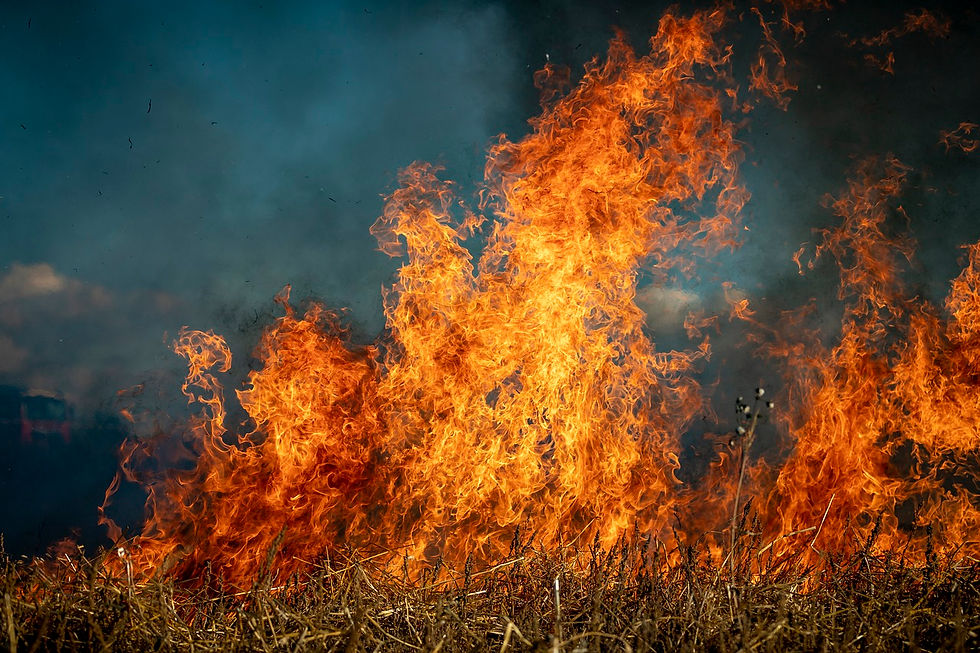Rewilding Africa: How Zinave National Park is Bringing the Wild Back to Life.
- Brenda Karimi
- Feb 18
- 4 min read
Updated: Feb 25
For decades, we have watched in awe as nature has struggled to reclaim what was lost. Human activity has encroached upon the wild, depleting forests, displacing animals, and altering the delicate balance of ecosystems. Yet, as I have witnessed over the years, nature is resilient, if only we allow it the space and protection to heal.
One place where this is happening is Zinave National Park in Mozambique. Once depleted of wildlife, this park is undergoing a remarkable transformation, with animals returning, ecosystems recovering, and communities benefiting from conservation efforts.
Restoring a Lost Wilderness
Zinave National Park, once abundant with life, suffered devastating losses due to civil war, poaching, and habitat destruction. Between 1977 and 1992, 15 years of civil war forced the population to turn to poaching to survive.
Thanks to partnerships between the Mozambican government, conservation NGOs like the Peace Parks Foundation, and international donors, the repopulation project was launched in 2016, and this lost wilderness is being revived. Over 2,300 animals including elephants, giraffes, and zebras have been reintroduced, breathing life back into the park.
![(Credit: [Raybzeez] / Pixabay)](https://static.wixstatic.com/media/9a4b79_bbab126e553e49a9ba98bbec59b0c900~mv2.jpg/v1/fill/w_980,h_653,al_c,q_85,usm_0.66_1.00_0.01,enc_avif,quality_auto/9a4b79_bbab126e553e49a9ba98bbec59b0c900~mv2.jpg)
The first animals reintroduced in 2012 were 7 giraffes, a highly symbolic gesture as the species had completely disappeared from Mozambique. The rewilding operations began 4 years later with the reintroduction of key species such as elephants playing a particularly crucial role.
Often referred to as “bush engineers,” these gentle giants shape their environment in profound ways; knocking down trees to create open spaces, digging for water that benefits other animals, and dispersing seeds that help regenerate forests. Their return to Zinave is not just about restoring a species but about rebalancing an entire ecosystem.
A variety of species such as Zebras, Buffalos, Antelopes, and Hyenas have also been carefully reintroduced to Zinave, each playing a distinct role in restoring the park’s ecological balance. Each of these species has been chosen for its ability to restore Zinave’s natural processes, proving that rewilding is about more than just bringing back animals, it is about reinstating the intricate web of life.
Challenges & Successes
The park has faced significant challenges, including:
Poaching: Illegal hunting remains a threat, requiring constant vigilance and anti-poaching enforcement.
Funding Constraints: Securing long-term financial support for conservation efforts is an ongoing challenge, as projects of this scale demand significant resources.
Habitat Loss & Degradation: While rewilding efforts are underway, ensuring that habitats can sustain growing animal populations remains a priority.
Human-Wildlife Conflict: As animals reclaim their territories, there is a need to manage interactions with local communities who depend on the land for their livelihoods.
Despite these challenges, the project has also celebrated notable successes:
Over 2,300+ animals have been successfully relocated, including elephants, lions, and antelopes, restoring key ecological functions.
Improved legislation and enforcement mechanisms have been implemented to protect the park and its wildlife.
Conservation-led initiatives have created employment opportunities and engaged local communities in sustainable practices.
Initial data suggests that biodiversity is improving, with increased sightings of key species and signs of natural regeneration.
Other Rewilding Projects in Africa
Zinave’s success is part of a growing trend across Africa, where national parks and conservation areas are embracing rewilding as a long-term solution. Other Parks have undergone successful rewilding such as the Mount Kenya Wildlife Conservancy rewilding project for the critically endangered Mountain Bongo antelope and the Greater Kruger National Park in South Africa rewilding 120 southern white rhinos.
Additionally, Peace Parks Foundation has successfully rewilded over 18,167 animals, with populations now exceeding 100,000 across the parks it co-manages. Notable efforts include the introduction of spotted hyenas to Maputo National Park, rhino translocations to Zinave National Park, and the natural arrival of lion prides in Zinave and Limpopo, indicating thriving ecosystems.
Aerial censuses in 2023 showed significant population growth in Zinave, Limpopo, Banhine, and Maputo, with Banhine’s first translocations set for 2025. Since 2010, over 5,385 animals have been reintroduced to Maputo National Park, and Simalaha Community Conservancy has rewilded 2,145 animals since 2013.
Other projects include translocations to Vwaza Marsh, Sioma Ngwezi, and Nyika National Park, reinforcing the crucial role of rewilding in biodiversity restoration and climate resilience. To learn more about these rewilding efforts and contribute to conservation, visit the Peace Parks Foundation website at www.peaceparks.org
The Role of Law and Policy in Rewilding
Rewilding cannot succeed without strong legal frameworks and political will. Mozambique has established legal protections for Zinave, recognizing it as a vital part of the Great Limpopo Transfrontier Conservation Area. Yet, legal measures must go beyond simple designations. Strict anti-poaching laws, land-use policies, and international agreements such as those under the Convention on International Trade in Endangered Species (CITES) are crucial in ensuring the park’s long-term survival.
A Call to Action
Nature can heal, and so can we. But we must act now, with wisdom, and compassion. Zinave is a great example of what is possible when we work together and a reminder that, no matter how much we have lost, the wild can still return.



Comments